By: Andrew Burchett*
When the Arab Spring reached Syria in 2011, it triggered violence, from both protestors and the Assad regime. A protest led by teenagers who used graffiti to advocate for the end of the current regime in Syria was met with arrest and torture by the military police of the Assad regime. The violence authorized by Assad against his country’s’ citizens was met with large scale anti-government demonstrations, thus leading the government to heighten security. Rebel groups, namely the Free Syrian Army and other associated groups, began to emerge in response to the military state imposed by the Assad regime. The conflict between the rebels and the government has caused 10s of 1000s of civilian casualties, with the number of civilians killed by both sides upwards of 86,000. The lack of citizen political participation and response to public demands, as well as harsh police measures, have caused outside powers to view the regime as a tyranny and have led to outside attempts at regime change (Polk, 2013). The United States has focused on mainly relief efforts for those caught in the middle of the Syrian Civil War rather than engage in direct action. This policy towards Syria has exacerbated the conflict in Syria and made it more protracted by not offering military aid or support. Russia, on the other hand, has been supplying Syria with weapons and direct support in an effort to maintain a presence in the Middle East. The direct support of Russia and the inaction of the United States have created a feedback loop where both actors increase the tensions and duration of the Syrian Civil War.
Russian Interests in Syria
Most theories, without attempting to offer explanation or analysis of Russia’s continued support of the Assad regime, cite their desire to preserve their strategic interests, namely the Tartus port in Syria that is Moscow’s only foothold in the Mediterranean. Those who cite the Tartus port as Russia’s greatest interest in Syria claim it is an instrumental receiving point for Russian weapons in Syria and its access to a wide-array of roads and railroads. Despite this, Ruslan Aliev, a respected Russian military think tank, claims that Tartus is not a real naval base and is strategically insignificant (Gardner, 2012). The Russian interest in preserving Tartus has to do with nostalgic interests rather than military ones. The base symbolically represents the reach and influence of Moscow in the larger world. Another possible reason for Russian support of the Assad regime stems from Russian efforts to maintain their role as a strategic actor in Middle East diplomacy (Allison, 2013). By ensuring access to Syria, Russia can keep its foothold in the Middle East, but if there is a change in the Assad regime, Russia would lose a strategic foothold.
Russia, by supporting the Assad regime and the Syrian government, has been aiming to keep itself removed from direct violence. Russia is concerned about Islamist threats that could potentially spill over into the Northern Caucus region of Russia. In its agreements with Syria regarding arms supplies, Russia claims that it checks in on Syria’s use of Russia-provided weapons to ensure they are being used for the agreed-upon defensive purposes and that the weapons are not being transferred to third parties (Allison, 2013). The conditions surrounding the use of Russian weapons shows, at least to some extent, that Russia wants to limit the spread of the violence and contain it to the Syrian region. By supporting the Assad regime, Russia claims to be acting in the interests of the Middle East as a region. Sergey Lavrov, the Foreign Minister of Russia, has stated that the current strife in Syria could spill over and engulf the entire region. Russian analysts have speculated that the collapse of the Syrian state could lead to weakened power structures in Jordan, Iraq, Lebanon, and redistribution of power across the Middle East as a whole. Such a collapse could pose a security risk to all countries in the region, Russia included. To keep the Assad regime in power, external actors who support the regime have intervened before the regime could collapse or be forced to negotiations in mid-2012, mid-2013, and the summer of 2015. The summer 2015 case was one of Russian intervention; President Putin used airstrikes against rebel groups hoping to topple Assad’s regime. Russia’s direct military intervention highlights its desire to keep the Assad regime in power and, from its perspective, minimize risks to the region and to Russia.
U.S. Non-Intervention
So far, the United States has played a minimal role in the Syrian conflict, choosing to “address the symptoms” instead of treating the cause of the issues. It is through minimal to no action that the United States helps to prolong the Syrian conflict. The U.S. has focused primarily on offering humanitarian relief, apart from its airstrikes on the Islamic State, instead of addressing the Assad regime. Critics of U.S. policy towards the Syrian conflict advocated for the U.S. government to support local moderate opposition forces, saying that this support would give moderates the ability to shift the power balance of the conflict. By providing indirect support, the U.S. would minimize risk and allow Syria the possibility to undergo a negotiated political transition away from the Assad regime (Heydemann, 2016). Despite appeals from several high level government officials, including Secretary of State Hillary Clinton, Defense Secretary Leon Panetta, and CIA chief David Petraeus, the White House missed its window for a solution with relatively low risk (Thompson, 2015). After requests for U.S. support went ignored, the Syrian rebels underwent a process of radicalization in order to get the support they needed from more extreme sources. The lack of U.S. support to moderate opposition groups and their radicalization has made the Syrian conflict more costly, both in terms of solving the issue and conducting damage control.
Another reason the U.S. has not pursued a more aggressive policy has to do with U.S. interests: Syria simply isn’t worth the risk. The U.S. doesn’t hold any strategic interests in Syria, it has often been an enemy, and is of little consequence economically. The White House, in its risk assessment, has determined that the negative consequences of action outweigh the consequences of inaction. Part of this risk avoidance could be due to costly interventions in Libya, Afghanistan, and Iraq and a degree of hesitance to repeat past mistakes. Ultimately, due to increasing Russian influence in the Syrian conflict and U.S. reluctance to challenge the Assad regime, the conflict is unlikely to end soon, and even if it does there will be significant costs to pay. Putin has used the Syrian conflict to show that Russia can still be an influential and significant state in the international system. With Obama’s term down to just over 3 months, it is unrealistic that there will be any significant changes in U.S. policy towards Syria in the meantime. Despite this, the 2016 presidential election offers a chance to redefine U.S. attitudes towards the Syrian conflict and hopefully provide more adequate intervention.
Works Cited
Allison, Roy. 2013. “Russia And Syria: Explaining Alignment With A Regime In Crisis”.International Affairs 89 (4): 795-823. doi:10.1111/1468-2346.12046.
Gardner, Frank. 2012. “How Vital Is Syria’s Tartus Port To Russia? – BBC News”. BBC News. http://www.bbc.com/news/world-middle-east-18616191.
Heydemann, Steven. 2016. “Why The United States Hasn’T Intervened In Syria”. Washington Post. https://www.washingtonpost.com/news/monkey-cage/wp/2016/03/14/why-the-united-states-hasnt-intervened-in-syria/.
Polk, William. 2013. “Understanding Syria: From Pre-Civil War To Post-Assad”. The Atlantic. http://www.theatlantic.com/international/archive/2013/12/understanding-syria-from-pre-civil-war-to-post-assad/281989/.
Thompson, Mark. 2015. “The U.S. War Against ISIS Is Going Nowhere.”. Time.
*Disclaimer: The content contained in the following material is the sole ownership of the author and does not reflect the views of the Towson University Journal of International Affairs nor Towson University in any respect whatsoever

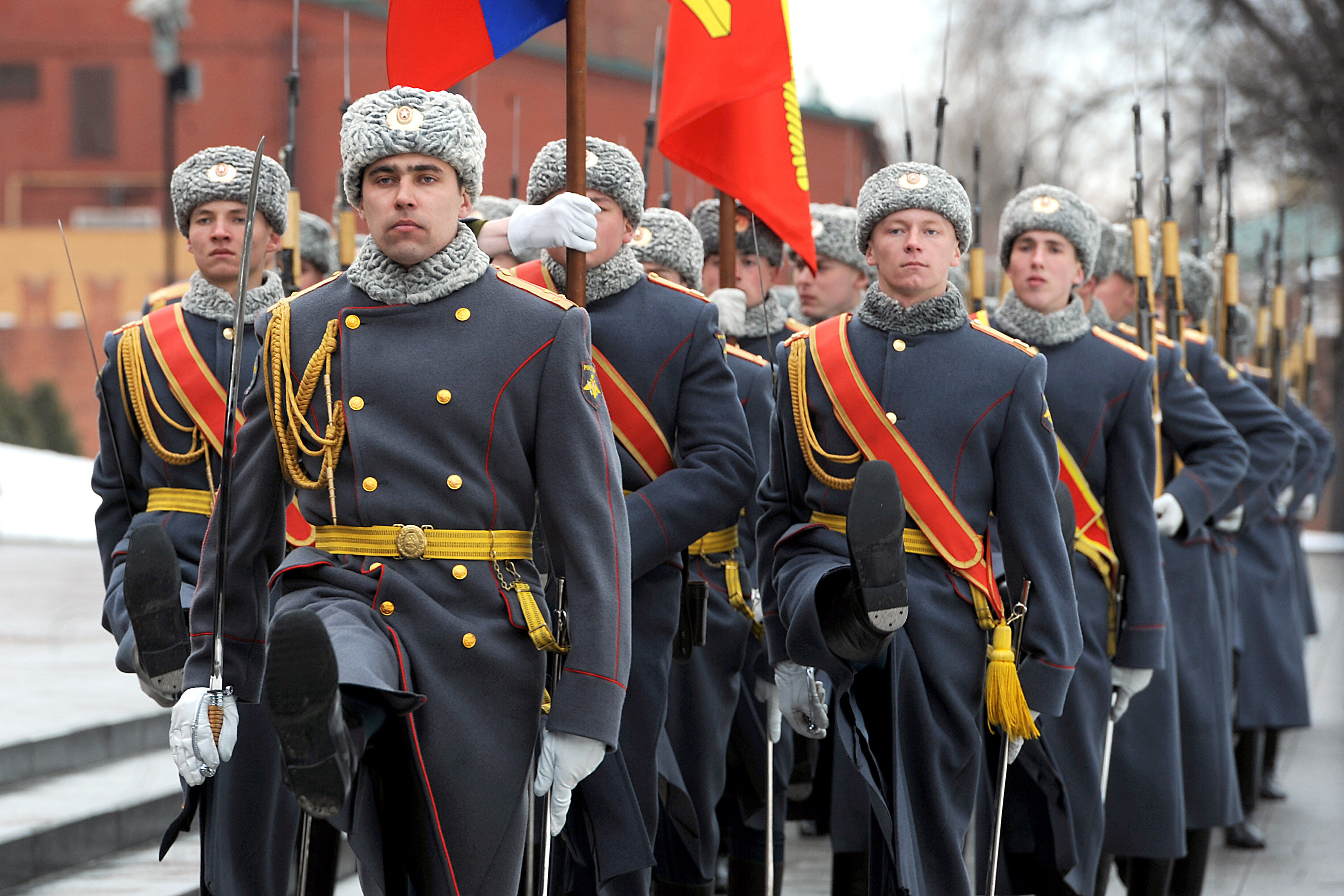
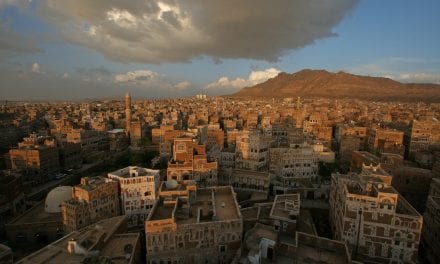
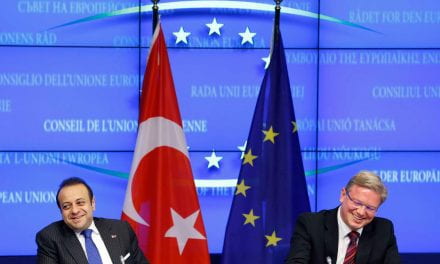
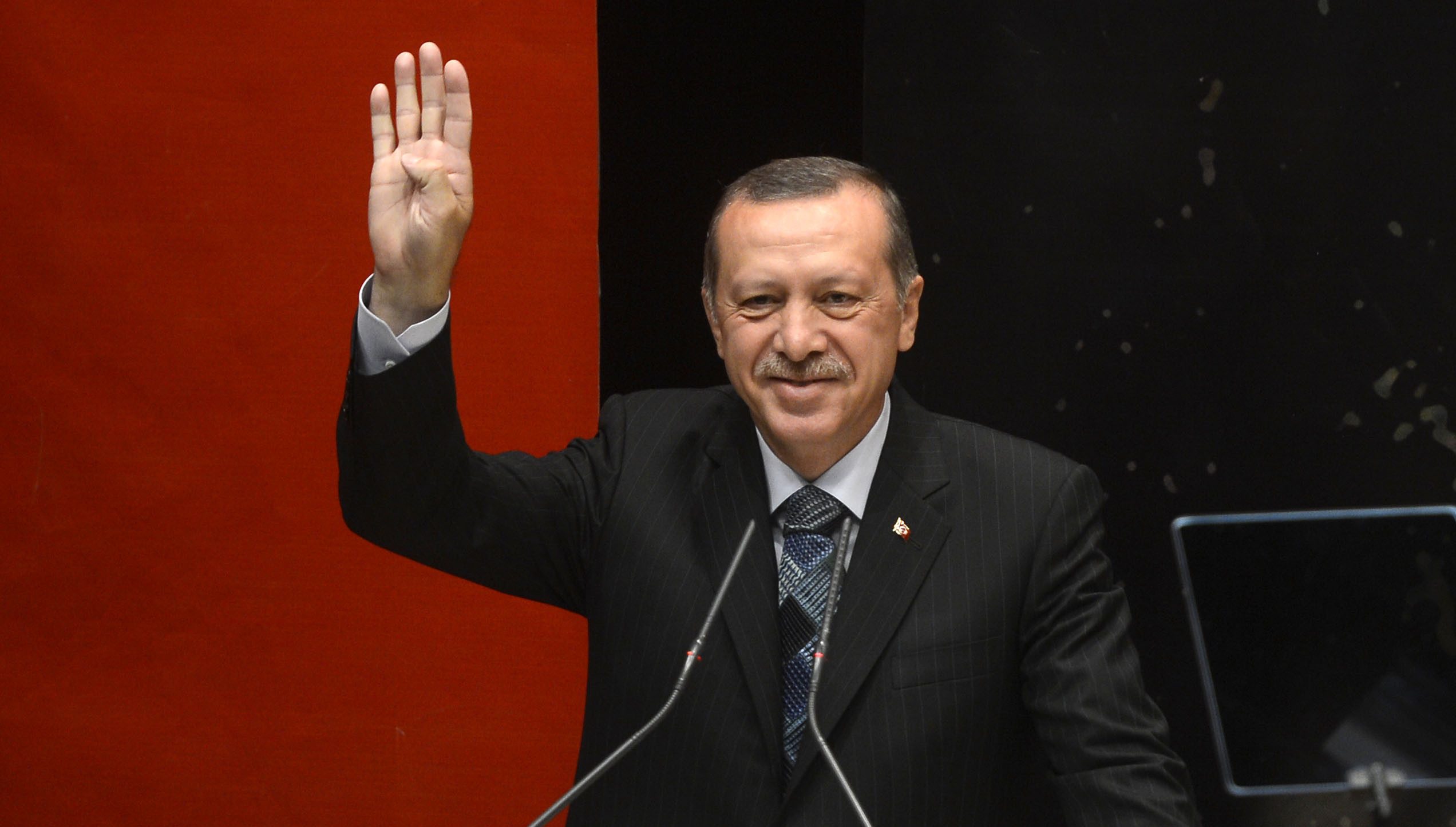
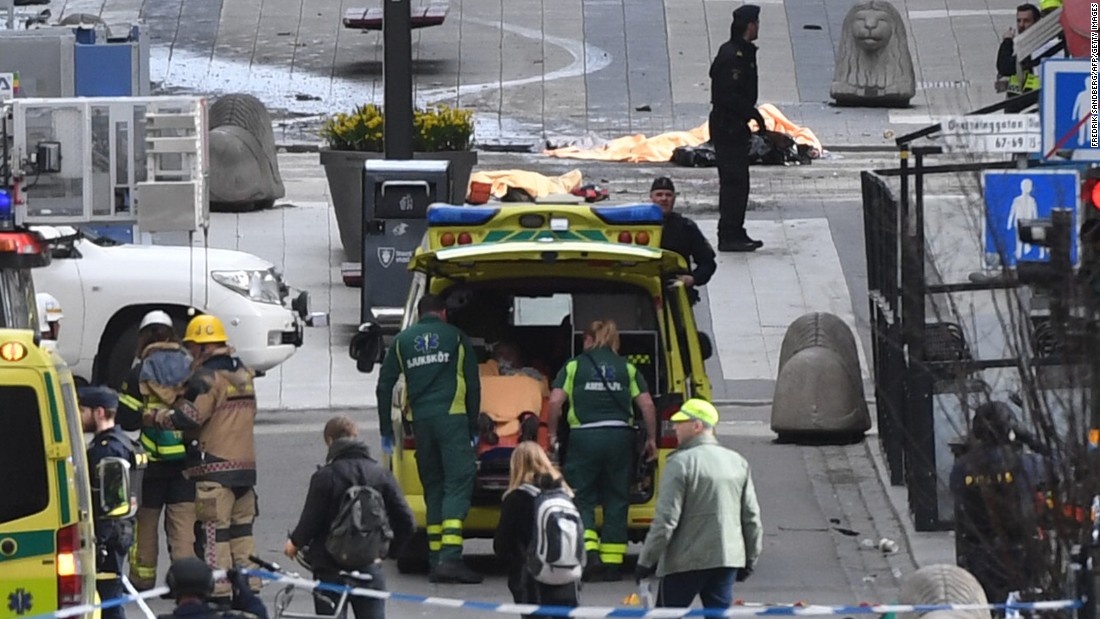


nice article 🙂
It is truly a nice and helpful piece of information. I am glad that you simply shared this helpful info with us. And also thank you
for your details.
What is happening in Ukraine today these events had been happening for the past 20+ years, when Putin came into power by bombing his own people – civilian apartments and committing atrocities against the Chechen people. The response from the US, EU and NATO had been just complete silence and welcoming Putin to the summits and holding red carpet meetings for him. This further emboldened Putin who attacked Georgia in 2008 and conquered Abkhazia and Samachablo. What did the Western powers do? Absolutely nothing! Reset by the Obama Administration and warm handshakes by Merkel, total ignorance of the international laws and Putin’s war crimes against the Georgian people. What happened afterwards? Putin invaded Crimea and Eastern Ukraine. What did the Western powers do? Bare minimum of symbolic sanctions that continued to feed Putin’s war machine. Then Syria, use of chemical weapons, more atrocities… What did the Western powers do? Absolutely nothing!
So we are here as a result of Putin’s false perception that he could chew more than he could bite and the 20+ year ignorance from the EU, US and the NATO. Today there is strong response and sanctions that will take the Russian economy back to the 1990s indicators, however it is too late and too little. Ukraine needs the Patriot missiles, S-400s, S-300s, missiles to shoot down airplanes and incoming rockets at much higher altitudes than Stingers could reach, Ukraine needs much more firepower and the ability to control and close its own skies. Lets help Zelensky establish the No Fly Zone! The Biden administration looked weak, but slowly they are starting to wake up and see the true face of evil – Vladimir Putin who is trying to restore the new Russian empire…